By: Crystal Maertens
This article is Part 2 of a two-part series covering a presentation on social and behavioral determinants of health outcomes made by Karen A. Monsen, PhD, RN, FAAN, Professor Emeritus at the University of Minnesota School of Nursing.
This presentation was made in October 2017 at the Michigan Premier Public Health Conference. Dr. Monsen describes her experience over the course of her career working with social and behavioral determinants of health outcomes data and finding powerful ways to collect the data, interpret the data, and leverage the data to affect policy and inform community health decision-making.
The first part of Dr. Monsen’s presentation (Part 1) focuses on how standardized terminology in electronic health records empowered her to collect meaningful and valuable data.
The second part of Dr. Monsen’s presentation (outlined below) focuses on two studies she participated in and how those studies showcased powerful data telling a story about a community’s health and how that data could then be leveraged for decision-making and policy-making.
Studies of Social and Behavioral Determinants of Health Outcomes
Dr. Monsen explained to her audience that she would be showcasing two studies she had participated in. Both studies looked at social and behavioral determinants of health (SBDH), with the first study focusing on how that data was collected in electronic health records and the second study looking at how SBDH affected the health outcomes of a population.
Both studies relied on community health data collected using electronic health records that integrated standardized terminology to collect the data. The standardized terminology used was the Omaha System. Among the electronic health records used to collect the data for the second study was Champ Software’s own Nightingale Notes EHR which integrates the Omaha System taxonomy.
Background: Demonstrating the Need to Collect Standardized Social and Behavioral Determinants of Health Data
Prior to the studies being conducted, the National Academy of Medicine published two books, which played a pivotal role in creating a demand for those studies.
In 2014, the National Academy of Medicine (then known as The Institute of Medicine), recognizing the impact social and behavioral determinants of health have on the overall health of individuals and communities, published: “Capturing Social and Behavioral Domains in Electronic Health Records: Phase 1” and “Capturing Social and Behavioral Domains and Measures in Electronic Health Records:Phase 2.” Both books were published by The National Academies Press.
The books emphasized the connection between SBDH and overall health and well-being, as well as the importance of collecting that data in the electronic health record. (To take a deeper dive into the connection between SBDH and whole-person health and collecting that data in the electronic health record, read our previously published article, “Using Standardized Terminology to Document Whole-Person Health.”)
The National Academies Press description of “Capturing Social and Behavioral Domains and Measures in Electronic Health Records: Phase 2” reads, “Determinants of health, like physical activity levels and living conditions, have traditionally been the concern of public health and have not been linked closely to clinical practice. However, if standardized social and behavioral data can be incorporated into patient electronic health records (EHRs), those data can provide crucial information about factors that influence health and the effectiveness of treatment. Such information is useful for diagnosis, treatment choices, policy, health care system design, and innovations to improve health outcomes and reduce health care costs.”
The recommendation the National Academy of Medicine made through these books was that standardized collection of SBDH data in the electronic health record could improve individual and community health and help provide measurable health outcome data, “Standardized use of EHRs that include social and behavioral domains could provide better patient care, improve population health, and enable more informative research.”
Study 1: Capturing Social and Behavioral Determinants of Health in the EHR
Background:
Sometime after the National Academy of Medicine published the books, Dr. Monsen and her Population Health Informatics class were working with the e-Health division of the Minnesota Department of Health. Spurred by the recommendations made by the National Academy of Medicine in the books, the Minnesota Department of Health wanted to conduct a study to determine whether social behavioral determinants of health were being documented in the state of Minnesota and, if so, how they were being documented, particularly whether they were being documented in a standardized way.
Dr. Monsen and her students, Nicole Kapinos, DNP, BSN, RN, Joyce M. Rudenick, DNP, MA, BSN, RN, and Kathryn Warmbold, DNP, BSN, RN, were asked to conduct a baseline assessment of electronic health records in Minnesota to answer these questions. Siobhan K. McMahon, PhD, MPH, RN, GNP-BC, and Erica N. Schorr, PhD, RN, also participated in conducting the study.
Conducting the study:
Dr. Monsen told her audience, “So, the first thing our students did was an extensive review of the literature, and they found 107 different things in the literature that people called social and behavioral determinants.” Dr. Monsen’s students found 9 representative electronic health records (EHRs) in the state of Minnesota (six acute care EHRs and three community care EHRs) and conducted key informant interviews to discover how those 107 SBDH phrases were documented.
Results:
According to the study results, as described in the abstract, “107 SBDH phrases were documented using free text, structured text, and standardized terminologies in diverse screens and by multiple clinicians, admitting personnel, and other staff. SBDH phrases were documented using one of three standardized terminologies (N = an average number of phrases per terminology per EHR): ICD-9/10 (N = 1); SNOMED CT (N = 1); Omaha System (N = 79).”
“The findings were stunning,” Dr. Monsen told her audience. She continued, “You’ve maybe heard of ICD-9 or ICD-10; you’ve maybe heard of SNOMED CT; these are the kinds of required clinical standards for meaningful use and other laws. However the Omaha System was the only nursing terminology that was found in these electronic health records, and of the 107 items, 92 were actually found in the Omaha System documentation. So, it was a huge wake-up call for us to see this stunning finding and to share it. And I think mainly this is because some of the electronic health records we looked at thoughtfully included the Omaha System underneath as they were being developed.”
For more information on the Omaha System standardized terminology and how it can be used to collect meaningful and valuable SBDH data, read Part 1 of this article.
Conclusion:
In September 2016, their study, “Social Determinants Documentation in Electronic Health Records With and Without Standardized Terminologies,” was published in the Western Journal of Nursing Research. The conclusion was definitive: “The Omaha System enabled a more comprehensive, holistic assessment and documentation of interoperable SBDH data.”
Dr. Monsen added, “We presented this at a couple different conferences. The response was like, ‘Wow! We’ve got to be using these tools! We have these tools; we have software based on these tools; we’ve got to share this data! We’ve got to do stuff!’”
Study 2: How Does SBDH Affect the Outcomes of Women of Childbearing Age?
Background:
“So, that led us to study number two,” Dr. Monsen told her audience. The abstract states the objective of the second study was “To examine the associations between social and behavioral determinants of health (SBDH), health disparities, and the outcomes of women who received public health nurse home visits for pregnancy and parenting support.”
Conducting the study were Joan K. Brandt, PhD, MPH, RN, Bonnie L. Brueshoff, DNP, RN, PHN, Sadie M. Swenson, BSN, RN, and Diane R. Thorson, MS, RN, PHN, who Dr. Monsen identified to her audience as nurse managers or directors of public health departments in Minnesota. Dr. Monsen also noted that they all contributed data to the project. Also conducting the study were Dr. Monsen’s colleagues at the University of Minnesota who assisted with the analytics: Chich-Lin Chi, PhD and MBA, and Michelle A. Mathiason, MS.
Conducting the study:
The second study used an existing data set, Dr. Monsen shared, “This is a study of existing data and we do have an Omaha System data collaborative where people voluntarily share de-identified Omaha System data, so we have a large repository and we can do these kinds of studies.” She also encouraged her audience to study their own data: “Everything that we did could be done in Excel, by you, in your own health department, at your desk. So, let’s think about it that way. Let’s be thinking about you having your own data and finding your own patterns.”
The National Academy of Medicine (then the Institute of Medicine) recommended a list of concepts and a list of measures. Dr. Monsen shared, “So we approached this in a very simple way. We said The Institute of Medicine requires these items; where would we find them in the Omaha System?” Dr. Monsen and her colleagues then harmonized those recommendations with specific “problems” in the Omaha System’s standardized terminology and the signs and symptoms for each problem.
“The purpose of this study was then to visualize the data and look for patterns,” Dr. Monsen told her audience. The dataset included 4,263 women of childbearing age. She continued, “We created that summative index where we added up all those signs and symptoms. … So, everybody had one score—it’s called an SBDH index. And we visualized the data. And we tested hypotheses from our visualization.”
Results:
The SBDH index created a bell-shaped curve. Persons in the dataset who had a score of zero problems were rare. Persons with a score of five or more problems were even more rare. Problem scores of one through four were common.
Referring to her description earlier in the presentation of how problems and nursing interventions are documented using the Omaha System (see Part 1), Dr. Monsen reminded her audience that a person’s knowledge, behavior, and status for each problem had been documented over time during each interaction with a public health nurse.
Indicating a line graph on her slide presentation showing knowledge, behavior, and status for the cohort over time, Dr. Monsen asked her audience, “Can you see this? Because I want you to tell me what you see…. Everybody gets better after they receive public health nursing interventions. Everybody in all groups. Knowledge gets better the most. So, in all groups, we see improvement because public health nurses were there. Right then and there, you have something to say to your commissioners that you didn’t have to say before.”
Flipping to her next slide with a new line graph with all the lines slanting downward, Dr. Monsen told her audience, “This one is a little more shocking, or stunning, or hard on the heart, however, you want to say it. Here’s one item; here’s 5 or more. And these lines go down. Why? We cannot get to the same level of outcome when we have more and more challenges in our lives. So, this right here shows you health disparities by social and behavioral determinants index.”
Indicating another line slanting vertically upward across the line graph, Dr. Monsen asked, “What is this line? Why? Because that’s the number of interventions it takes to get to the outcome. So, another stunning finding is that we have to work harder to get poorer outcomes for people who have more social and behavioral determinants of health. So, where should we be putting our resources?”
Dr. Monsen continued to show several slides with heat maps for each problem area they had studied. She showed her audience the number of provable outcome results that could be gleaned from studying the SBDH data because it had been documented in a standardized way. She also discussed with her audience the value and leveragability of those provable results: informed decision-making and resource allocation, public health advocacy, and more.
Conclusion:
Dr. Monsen concluded by asking her Michigan audience to imagine having this sort of information about their own counties: “And if this is Wayne County or this is Kent County, we would know, as directors, administrators, and public health nurses, what was going on. If it was about our residence in the home, we would have the residence data. If it’s about our nutrition or WIC program, we would have the nutrition data.”
In December 2016, the second study, “Social Determinants and Health Disparities Associated With Outcomes of Women of Childbearing Age Who Receive Public Health Nurse Home Visiting Services,” was published in the Journal of Obstetric, Gynecologic, and Neonatal Nursing. The conclusion proved, “An informatics approach showed that SBDH are important factors for understanding a comprehensive and holistic view of health and health care outcomes. There is potential to use large datasets to further explore intervention effectiveness and progress toward health equity related to SBDH.”
In Summary:
Dr. Monsen’s presentation began by demonstrating the impact of social behavioral determinants of health on the overall health of the individual and the community, as well as the impact SBDH has on health outcomes.
She outlined the proven importance of collecting SBDH data in a standardized way and showed the results of her first study, which demonstrated that the Omaha System’s standardized terminology enabled the most comprehensive, holistic assessment and documentation of interoperable SBDH data.
Dr. Monsen also discussed how to interpret the collected SBDH data, using the results of her second study to demonstrate. She also noted the potential to leverage the data to affect policy and inform community health decision-making.
Dr. Monsen left her audience with a powerful thought: “This is not just for nurses; it’s not just for anybody. It’s for all of us. And we can easily and simply document these things. To have the kind of powerful data that we need to inform our work and change our policies,


